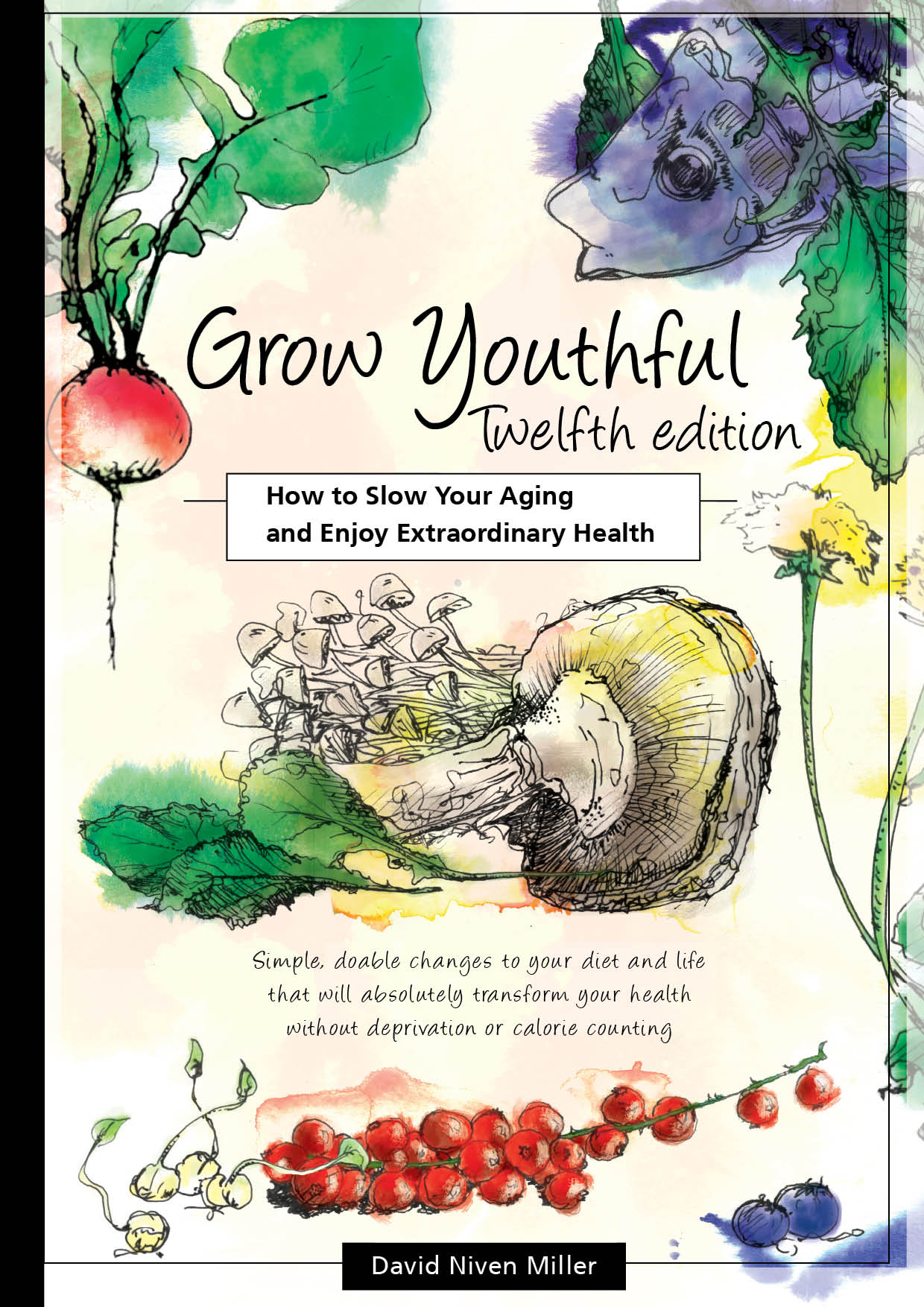
Diaper rash / Nappy rash
What is nappy / diaper rash?
Symptoms of nappy / diaper rash
Causes of nappy / diaper rash
Prevention / remedies / treatment for nappy / diaper rash
References
What is nappy / diaper rash?
Diaper rash (USA), nappy rash (UK) is also known as irritant diaper dermatitis. It occurs when a skin rash / redness / irritation / inflammation occurs in the area under a diaper. It is caused by various irritants, infections and skin disorders.
When nappy rash is caused by an irritant, the rash is mainly seen on the convex surfaces of the skin, and not in skin folds.
When diaper rash is caused by a bacterial or fungal infection, the rash tends to spread to concave surfaces (inside skin folds) as well as being on the convex surfaces of the skin.
Diaper rash should not be confused with seborrheic dermatitis or atopic dermatitis (eczema).
Symptoms of nappy / diaper rash
- The diaper area will look red and sore.
- Irritable baby.
- With infection, the whole diaper area including the skin creases around the groin can go redder, glistening or pimply.
Causes of nappy / diaper rash
- Leaving a baby in a wet or dirty diaper for too long. Prolonged wetness and excess moisture from urine, faeces or
sweating, first sets the conditions for diaper rash to occur. Physical irritation (wet rubbing) can lead to the breakdown of the
stratum corneum (the very outermost layer of the skin), which tends to be thinner and more sensitive in infants. This can eventually
allow bacteria, fungi, or other irritants to develop as an infection.
Urine and faeces can increase the skin pH (acidity).
Provide the diaper is clean and dry, it should not be a cause of nappy rash. The cause is usually what is held by the diaper (faeces or urine) in direct contact with the skin.
There is no significant difference in rates of diaper rash between disposable diapers and reusable cloth diapers. - Antibiotics. Infants are more likely to develop diaper rash after receiving antibiotics. Antibiotics severely affect intestinal microflora (4, 5) and should be a last, rather than first resort to any ailment.
- Diarrhoea. There is an increased incidence of diaper rash in infants who have suffered from diarrhea in the previous 48 hours. This is probably because of increased faecal enzymes such as lipase and protease in faeces which have passed rapidly through the gastrointestinal tract. (6)
- Allergy. It is unlikely that an allergic reaction is the cause of the rash (1), except that a few super absorbent diapers contain dyes that may be allergens.
- New foods in the diet causing a reaction. The infant's diet can affect the enzymes in his/her faeces. Breast-fed babies have a lower incidence of diaper rash, because their stools have higher pH and lower enzymatic activity (2), and breast milk is better digested. Diaper rash occurs most often in infants 8-12 months old, probably because it is around this time that they are being weaned, and the increased solid foods and dietary changes affect faecal composition. Any time an infant's diet undergoes a significant change (i.e. from breast milk to formula or from milk to solids) there appears to be an increased likelihood of diaper rash. (3)
Prevention / remedies / treatment for nappy / diaper rash
- The most effective treatment is to stop using diapers, allow the skin to dry out, and to get some gentle sunshine. Bare dry skin is best.
- Try to change the diaper often. Wash the diaper area with warm water and a soft cloth. Rinse well and dry completely.
- Breast feed if possible.
- When starting on solid foods, introduce only one new food at a time to see if there is a reaction.
- Zinc oxide-based ointments are quite effective, especially in prevention, because they have both a drying and an astringent effect on the skin, being mildly antiseptic without causing irritation.
- Oil-based protectants or barrier creams block moisture from reaching the skin. Coconut oil, olive oil and other natural oils are preferred to over-the-counter diaper creams, petroleum jelly, dimethicone and other processed oils. It is essential that the skin is dry before applying the oils, otherwise they seal the moisture inside the skin rather than outside.
- Powders. Various moisture-absorbing powders, such as talcum or starch, reduce moisture but may introduce other complications. Airborne powders of any sort can irritate lung tissue, and powders made from starchy plants (corn, arrowroot) provide food for fungi and are not recommended.
- Avoid plastic pants and perfumed products.
- Wash fabric diapers with a non-allergenic laundry detergent and rinse well using borax or hydrogen peroxide.
- If a fungal infection is identified (often candida) then the treatment should include antifungals. See jock itch.
- See details of remedies recommended by Grow Youthful visitors, and their experience with them.
References
1. John Harper, Arnold P. Oranje, Neil S. Prose.
Textbook of pediatric dermatology.
2006. Wiley-Blackwell.
2. Hockenberry, M.J.
Wong's Nursing Care of Infants and Children.
2003. St. Louis, MO; Mosby, Inc.
3. Atherton D.J., Mills K.
What can be done to keep babies' skin healthy?
2004. RCM Midwives Journal 7 (7): 288-290.
4. Borkowski S.
Diaper rash care and management.
2004. Pediatr Nurs 30 (6): 467-70. PMID 15704594.
5. Gupta AK, Skinner AR.
Management of diaper dermatitis.
2004. Int. J. Dermatol. 43 (11): 830-4.
6. Atherton DJ.
A review of the pathophysiology, prevention and treatment of irritant diaper dermatitis.
2004. Curr Med Res Opin 20 (5): 645-9.
